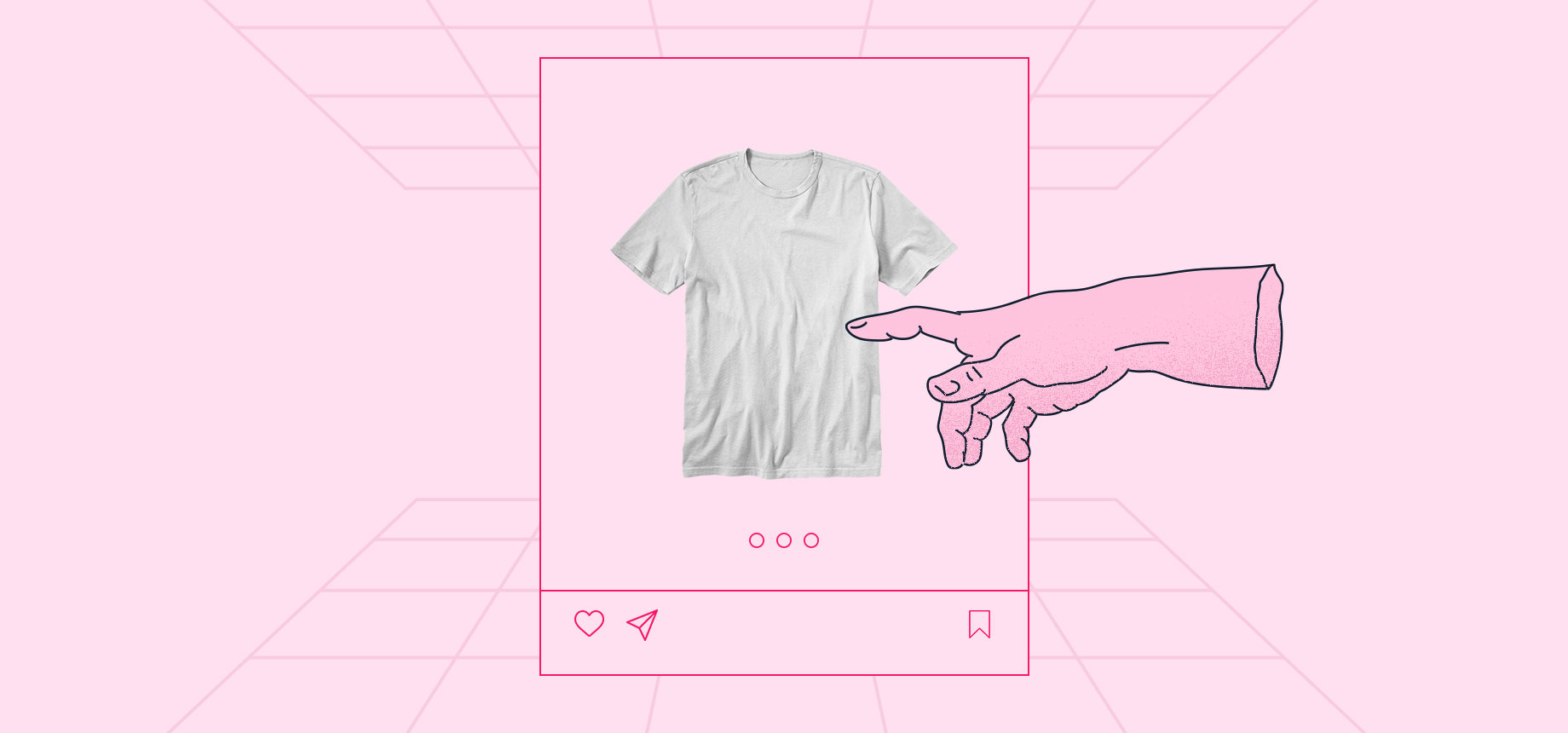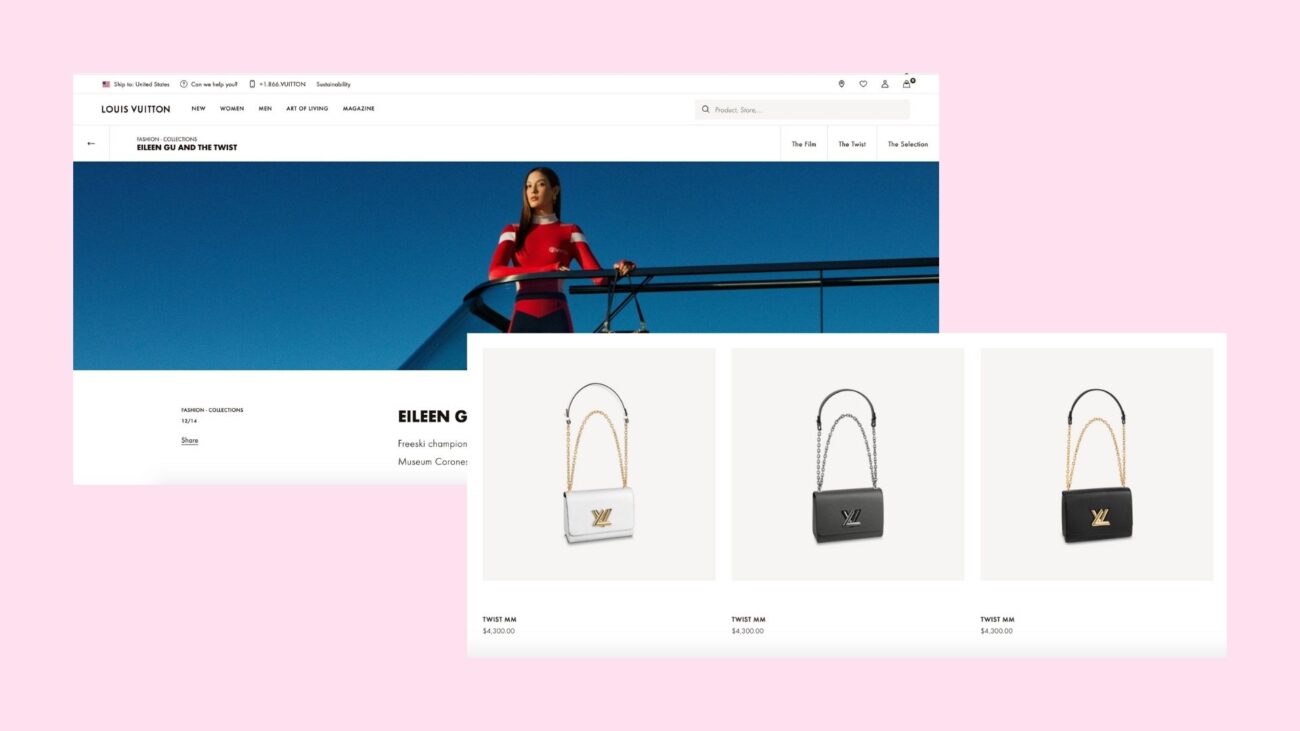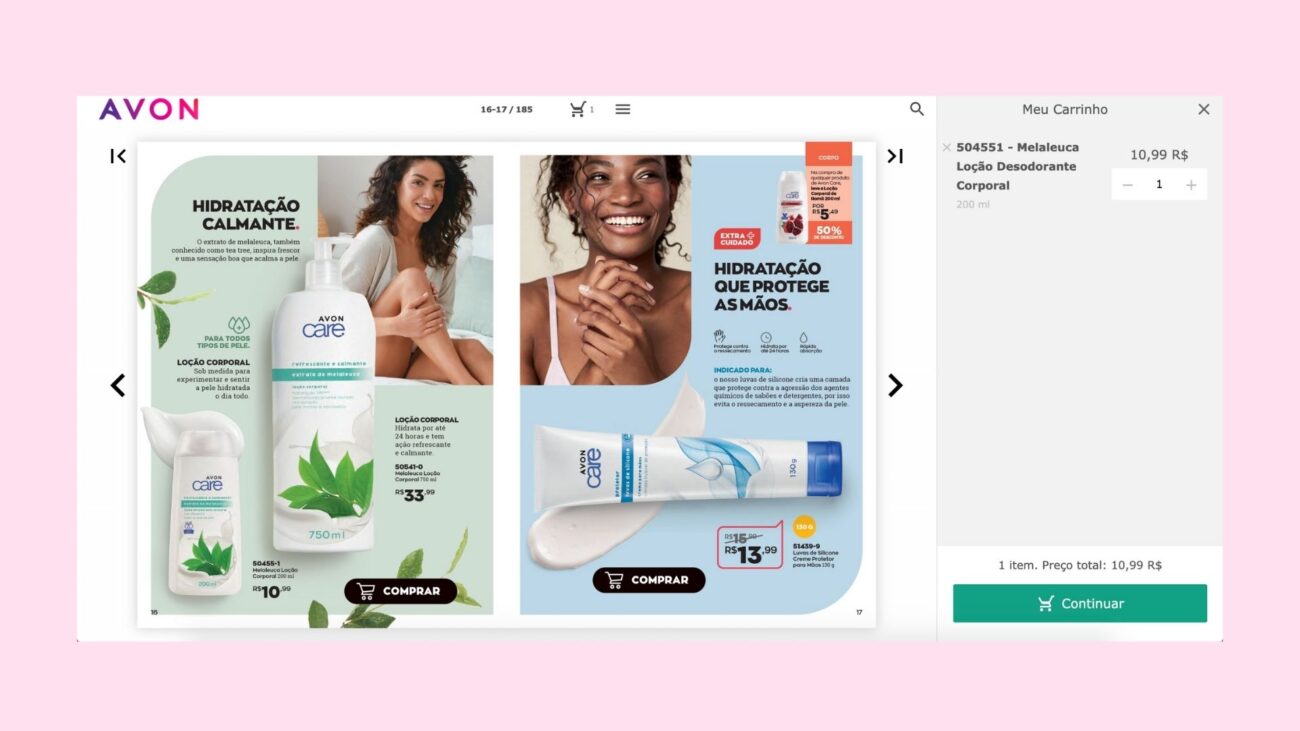
It’s a tale as old as time: brands want to be seen by their customers and target audience. Whether they are offering a new product, discounts, bundles and more, businesses have long been investing in marketing and advertising strategies to be put in the spotlight.
Now, in the digital world, this is not as easy as it once was. Ad blockers, “skip ad” buttons and other features were created to avoid interrupting the online user experience. In 2021, the most downloaded extensions by Firefox browser users were ad blockers. Plus, the rising debate of cookie consent and digital privacy policies may make things even harder for those companies aiming to create personalized ads based on user behavior.
That leads us to a common business question these days: how to get customers’ attention without disturbing their digital journey? A solution is shoppable content. Learn what it is and how the big market players are using this marketing strategy to improve conversion rates and generally grow in the digital scene.
Shoppable content can be everything, from blogs to social media posts to digital magazines and even live shopping events. Not much different than branded content and other product placement video ads, shoppable content has one distinctive characteristic: it leads customers straight from content to the checkout page. The main goal is reducing the number of steps clients take when trying to buy the advertised product.
With the boom of this type of content, agencies have popped up offering all kinds of shoppable content experiences for both businesses and end customers. Two of the most well-known agencies integrating content and commerce are BEN and eko.
By making use of artificial intelligence features, storytelling elements, attention-grabbing images and programming codes, brands can add the products they want to be featured and help customers add that to their shopping cart. This also helps in giving a new meaning to the ecommerce website, going beyond just a shopping hub, but somewhere where customers can actively look at interesting content.
Below, we have selected some of the coolest and effective ways brands from different industries are approaching this strategy and how they are benefitting from it.
In the first half of 2021, U.S. giant Walmart partnered with eko to build an interactive series promoting grocery items called “Walmart Cookshop”, available only for people in North America. Walmart said the beta version of Cookshop had an 8.7% click-through rate, while eko said their click-through rate for commerce-related content averages 7%.
The Cookshop is a series of cooking videos featuring famous chefs like Jamie Oliver and personalities like Sofia Vergara. In a “choose your own adventure” format, viewers can personalize the recipe as they choose fit and, by the end of the video, are offered a shopping cart with the products that were displayed.
Then, they can add it to a cart and be redirected to Walmart’s own website where they can checkout and choose the best way to retrieve the featured products. They can also exclude any items they do not wish to purchase.
The main difference between Walmart’s content and others is that it empowers the viewers and makes the experience more interesting by putting them in charge of the decision process, which is very interesting because it keeps the customer engaged in a way that a regular video might not.
FARM Rio is one of the biggest Grupo SOMA brands. Born in Rio, FARM has already expanded internationally to the United States and Europe, and they are not behind on offering different types of experiences for customers. Since 2020, as a pandemic-led strategy, Grupo SOMA’s innovation lab built Lojix, a 100% interactive and live digital store.

Every time a new collection is launched, FARM recruits its own staff to lead hours worth of content making the customer feel as if a sales representative was introducing the new products in-store. Through their own platform, they are able to control what kind of products pop up on the screen and customers can automatically add to the cart without missing a beat. When they first did it, Lojix registered seven thousand simultaneous accesses to the live shopping link.
Louis Vuitton is also tapping into this strategy, using innovation in its own favor. Because they offer luxurious and exclusive products, it is only logical that the customer’s online shopping experience matches. They have videos and articles on different categories, recruiting celebrity partners and featuring their most iconic items.

Instead of interrupting the reading experience, the household luxury brand is offering their own content with interviews, news-worthy pieces and other trending topics – all of them related to Louis Vuitton’s products. In all of the images featured in the articles there are “Shop Now” buttons and a “See More” tab, with other featured products from the same collection. This is extremely helpful for the luxury fashion industry because it highlights how exclusive and important a product is through social proof.
New York-born Avon is a cosmetics company that has built a significant legacy in Brazil. In the beginning of the 2000s, the brand was made popular by empowering people to become sales representatives through magazines. The ritual was simple: people got the magazines and were able to order in through the sales representative, who would then deliver the product in the most convenient way.

Recently, AVON added the digital magazine with shoppable actions to their website. With click-through buttons, customers can add the products they want to their cart and keep on scrolling through the magazine that offers content on the benefits of the cosmetics that are offered.
Shoppable content is transforming the ecommerce scene. Consumers are becoming increasingly used to new forms of retail experience. Powered by smartphones and new technology, modern shoppers are expecting to purchase items straight from the images as part of an uninterrupted shopping experience.
Shoppable content doesn’t necessarily have to be a big production with live events and interactive videos. Nowadays, social media platforms offer all kinds of features that enable every brand to sell online beyond their ecommerce website. Instagram’s shopping feature and Facebook Marketplace are just two examples of how social media is boosting the growth of shoppable content everywhere.

